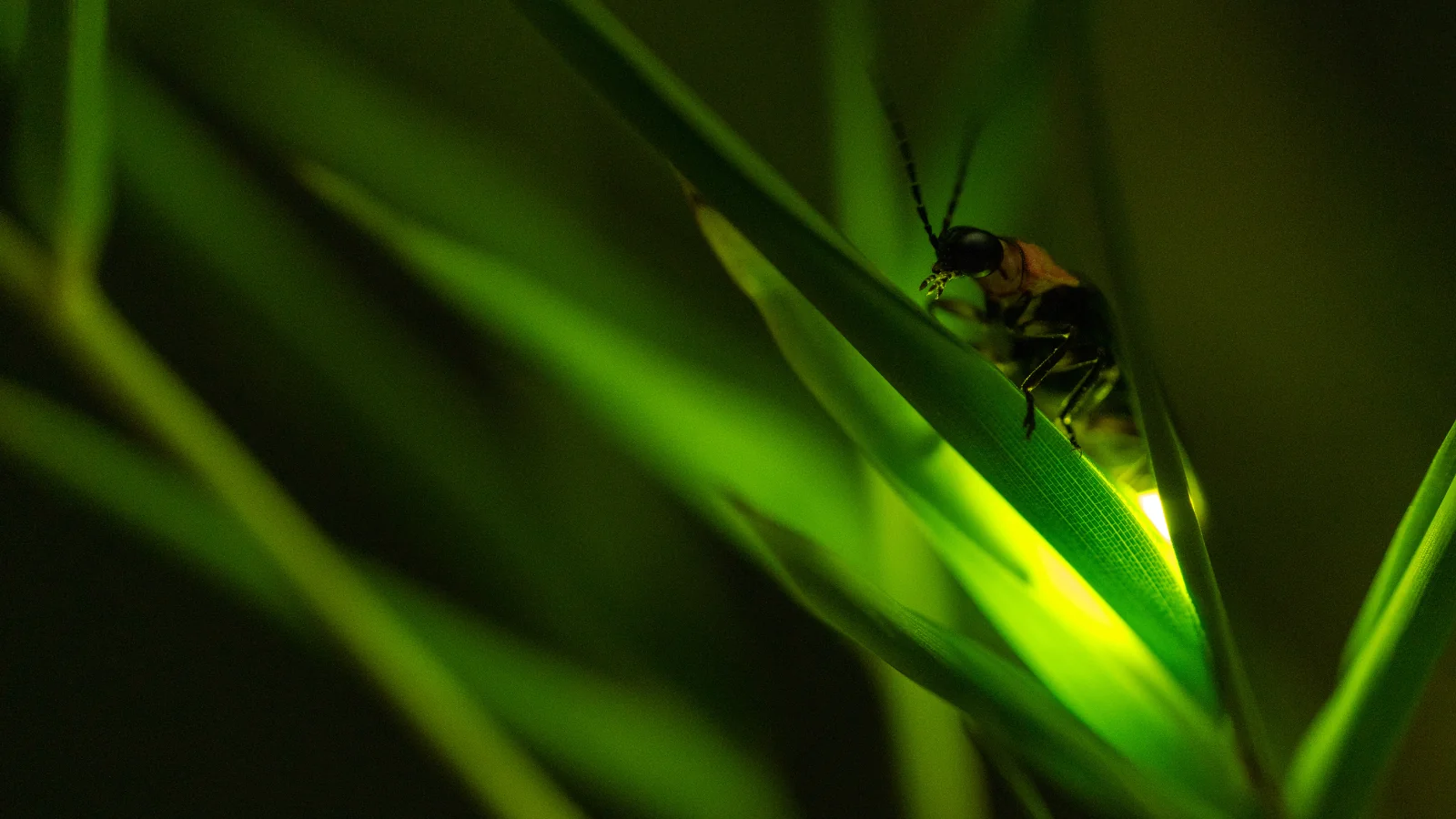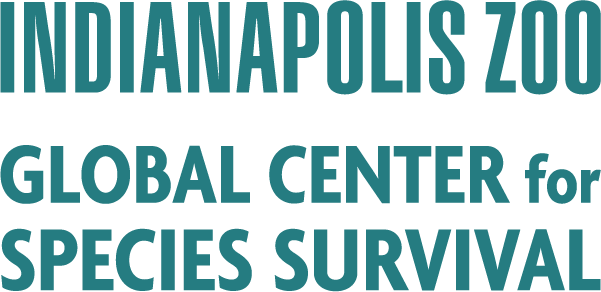
Invertebrate Conservation
Roles and Threats
Invertebrates are found from the highest mountains to the deepest caves, from scorching deserts to the inside of glacier ice. They are the drivers of our living planet, performing essential ecosystem roles. From pollinators, to soil forming, to reef building and everything in between. Every habitat on Earth – terrestrial, marine and freshwater – is home to invertebrates.
While invertebrates can have remarkably short lives, the oldest animal ever recorded is a 507-year-old ocean quahog (a type of clam). By nearly any metric, invertebrates are the record holders. The combined weight of the world’s ants is more than that all of Earth’s wild birds and mammals (including humans). And while invertebrates are often small, the longest animal on record is spineless! A spiral siphonophore living some 2,000 feet beneath the ocean surface measures more than 150 feet in length. Compare that to blue whales, reaching lengths just shy of 100 feet.
Invertebrates are the most diverse group of organisms ever to exist and currently represent at least 97% of all animals. There are millions of described invertebrate species and thousands more are described every year, but many of them are disappearing before we’ve even noticed them. Some of the main threats are habitat loss and degradation, climate change and pollution (both from chemicals and light).

Sérgio Henriques, Ph.D.
As the chair of the IUCN SSC Spider and Scorpion Specialist Group, Dr. Sérgio Henriques uses his more than 20 years of experience mobilizing resources to promote arachnid conservation. He regularly engages with a global network, including other IUCN specialist groups and the Invertebrate Conservation Committee, to tackle threats such as the illegal wildlife trade, using the latest technological tools to reverse the ongoing decline of the most diverse group of organisms on earth, invertebrates.
- IUCN SSC ANT SPECIALIST GROUP
- IUCN ATLANTIC ISLANDS INVERTEBRATE SPECIALIST GROUP
- IUCN SSC BUTTERFLY AND MOTH SPECIALIST GROUP
- IUCN SSC CAVE INVERTEBRATE SPECIALIST GROUP
- IUCN SSC CORAL SPECIALIST GROUP
- IUCN SSC DRAGONFLY SPECIALIST
- IUCN SSC DUNG BEETLE SPECIALIST GROUP
- IUCN SSC FIREFLY SPECIALIST GROUP
- IUCN SSC FRESHWATER CRUSTACEAN SPECIALIST GROUP
- IUCN SSC GRASSHOPPER SPECIALIST GROUP
- IUCN SSC HORSHOE CRAB SPECIALIST GROUP
- IUCN SSC HOVERFLY SPECIALIST GROUP
- IUCN SSC LADYBIRD SPECIALIST GROUP
- IUCN SSC MARINE STAR SPECIALIST GROUP
- IUCN SSC MAYFLY, STONEFLY AND CADDISFLY SPECIALIST GROUP
- IUCN SSC MITE SPECIALIST GROUP
- IUCN SSC MOLLUSC SPECIALIST GROUP
- IUCN SSC PARASITE SPECIALIST GROUP
- IUCN SSC SEA CUCUMBER SPECIALIST GROUP
- IUCN SSC SOUTH ASIAN INVERTEBRATE SPECIALIST GROUP
- IUCN SSC SPIDER AND SCORPION SPECIALIST GROUP
- IUCN SSC WILD BEE SPECIALIST GROUP

